Keep Exploring
When you make a purchase from Seed Savers Exchange, you help fulfill our nonprofit mission to protect our food and garden heritage. Do even more good by making a donation to help us preserve and share even more heirloom varieties!
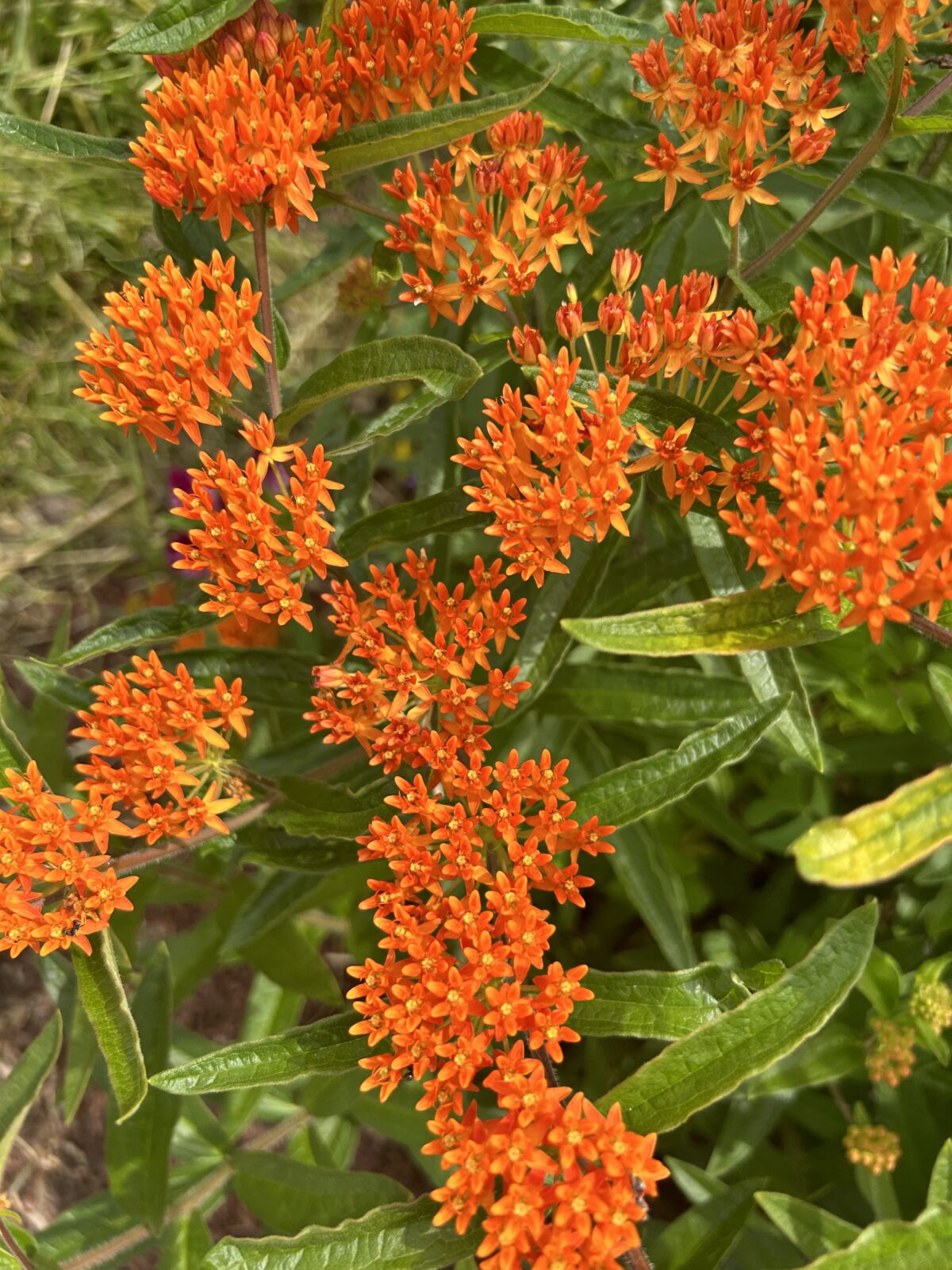
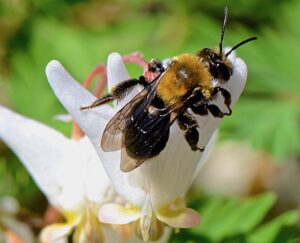
Scott Leddy, a habitat-restoration practitioner well known among naturalists in the Midwest, has devoted the majority of his life (more than three decades) to restoring the bluffs and prairies surrounding Rushford, Minnesota, part of the Driftless Area of the Midwest.
It’s exhausting, time-intensive work—think tree removal and controlled burning—but he will quickly tell you it is well worth the long hours and physical exertion.
“Planting a small prairie or restoring a woodland and, more importantly, maintaining the natural areas that we have is critical because our native habitats have been virtually all but eliminated,” says Scott, who recently shared several of his stunning photos of pollinators with Seed Savers Exchange for publication here and in our member magazine, The Heritage Farm Companion. “Plant diversity directly impacts pollinator abundance and diversity, and that’s what has driven me to spend so much of my life restoring these beautiful places.”
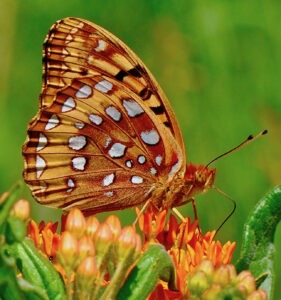
Scott also shared the following list of his favorite pollinator plants for Northeastern Iowa, but many of these natives have a distribution that goes well beyond this region and could be incorporated into a prairie planting or a garden to help support pollinator habitat.
The scientific names may seem daunting at first, but they help gardeners to identify the right species, whereas common names are not as exacting and can relate to more than one species.
The list runs through the seasons phenologically to provide blooms over a long season and thereby support pollinators that need food sources and habitat throughout the season.
According to Scott, the best time to plant seed of these species if you are attempting to reconstruct a prairie habitat is the fall, and it is essential to prepare the site well. In any setting within the region—a garden, a back yard or containers—these plants will provide a native planting that will be of interest to native pollinators.
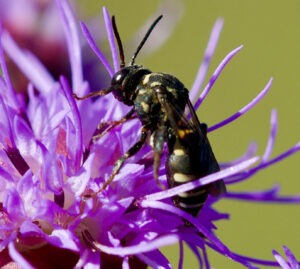
Confirm which varieties are safe for your state/region by visiting the USDA National Invasive Species Information Center.
Resource Tip: Local extension agencies can provide listings of ideal plants for your region and climate.
1. Wood betony — Pedicularis canadensis
2. Edible valerian — Valerian edulis
3. Wild indigos: White wild indigo — Baptisia alba and Cream wild indigo — Baptisia bracteata
4. Milkweeds: Asclepias tuberosa, Asclepias verticillata, Asclepias incarnata
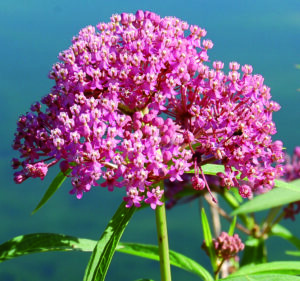
5. Golden Alexanders: Zizia aptera (for dry mesic sites) and Zizia auria (for mesic and moist sites)
6. Indian paintbrush: Castilleja coccinea (for dry mesic sites)
7. Prairie phlox: Phlox pilosa (for mesic and dry mesic sites)
8. Wild lupine: Lupinus perennis (for dry mesic sites)
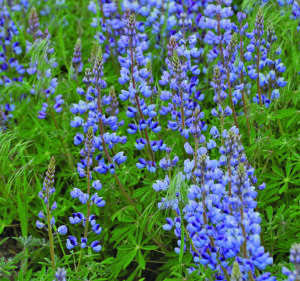
9. Wild geranium: Geranium maculatum (for mesic sites and woodland edge)
10. Ragwort: Pakera aurea (for dry mesic sites) and Pakera platensis (for dry mesic sites)
11. Anemone: Anemone patens (for dry mesic sites), Anemone cylindrica (for dry mesic sites, and Anemone caroliniana (for dry sites)
12. Spiderwort: Tradescantia bracteata (for dry mesic) and Tradescantia ohiensis (for mesic sites)
13. Black- and Brown-eyed Susans: Rudbeckia hirta (for dry mesic sites) and Rudbeckia triloba (for mesic sites and woodland edge)
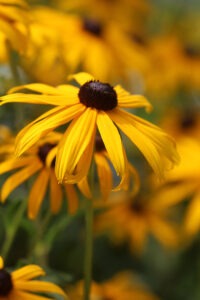
14. Prairie coreopsis: Coreopsis palmata (for mesic and dry mesic sites)
15. Beardtongue or Penstemon: Penstemon digitalis (for mesic sits) or Penstemon grandiflorus (for dry mesic sites)
16. Mountain mint: Pycnanthemun virginianum (for dry mesic and mesic sites)
17. Vervain, Verbena hastata (for dry mesic or disturbed sites), Verbena stricta (for moist sites)
18. Blazing stars: Liatris cylindracea (for dry mesic sites), Liatris aspera (for dry mesic sites), and Liatris ligulistylis (for mesic sites)
19. Prairie loosetrife: Lysimachia quadriflora (for dry mesic and mesic sites)
20. New Jersey tea: Ceanothus americanus (for dry mesic and mesic sites)
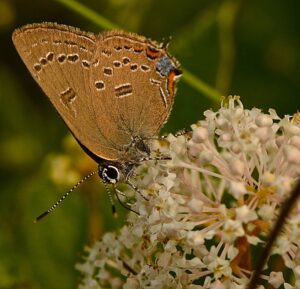
21. Lead plant: Amorpha canescens (for dry mesic and mesic sites)
22. Lobelia: Lobelia spicata (for dry mesic sites) and Lobelia siphilitica (for mesic sites)
23. Compass plant: Silphium laciniatum (for dry mesic and mesic sites)
24. Ironweed: Vernonia fasciculata
25. Yellow coneflower: Ratibida pinnata (for dry mesic sites) and Ratibida columnifera (for dry mesic sites)
26. Bee balm: Monarda punctata (for dry mesic sites) and Monarda fistulosa (for mesic sites)
27. Prairie clover: Dalea purpurea (for dry mesic sites) and Dalea alba (for dry mesic and mesic sites)
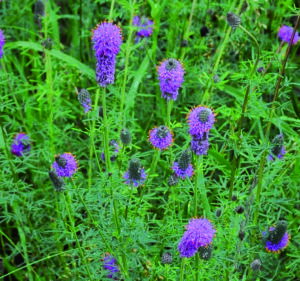
28. Wild onion: Allium stellatum (for dry mesic and mesic sites) and Allium cernuum (for dry mesic and mesic sites)
29. Prairie and pasture roses: Rosa arkansana ( for dry mesic sites) and Rosa carolina (for mesic sites), and Rosa blanda (for dry mesic sites)
30. Bellflower: Campanula rotundifolia (for dry mesic sites) and Campanula americana (for mesic edge)
31. Prairie Lily: Lilium philadelphicum var andinum (for dry mesic and mesic sites)
32. Rattlesnake master: Eryngium yuccifolium
33. Sunflower: Helianthus laetiflorus and Helianthus occidentalis
34. Gentian: Gentiana alba and Gentiana andrewsii
35. Aster: Aster azureus, Aster laevis, and Aster novae-angliae
36. Goldenrod: Solidago ptarmicoides, Solidago

Formulated for Seed Savers Exchange by our neighbors at Shooting Star Native Seeds.
Confirm the varieties in each mix are safe for your state/region by visiting the USDA National Invasive Species Information Center
Aquatic Plants or Terrestrial Plants
Originally published April 12, 2018. Updated February 12, 2025.
Keep Exploring
When you make a purchase from Seed Savers Exchange, you help fulfill our nonprofit mission to protect our food and garden heritage. Do even more good by making a donation to help us preserve and share even more heirloom varieties!